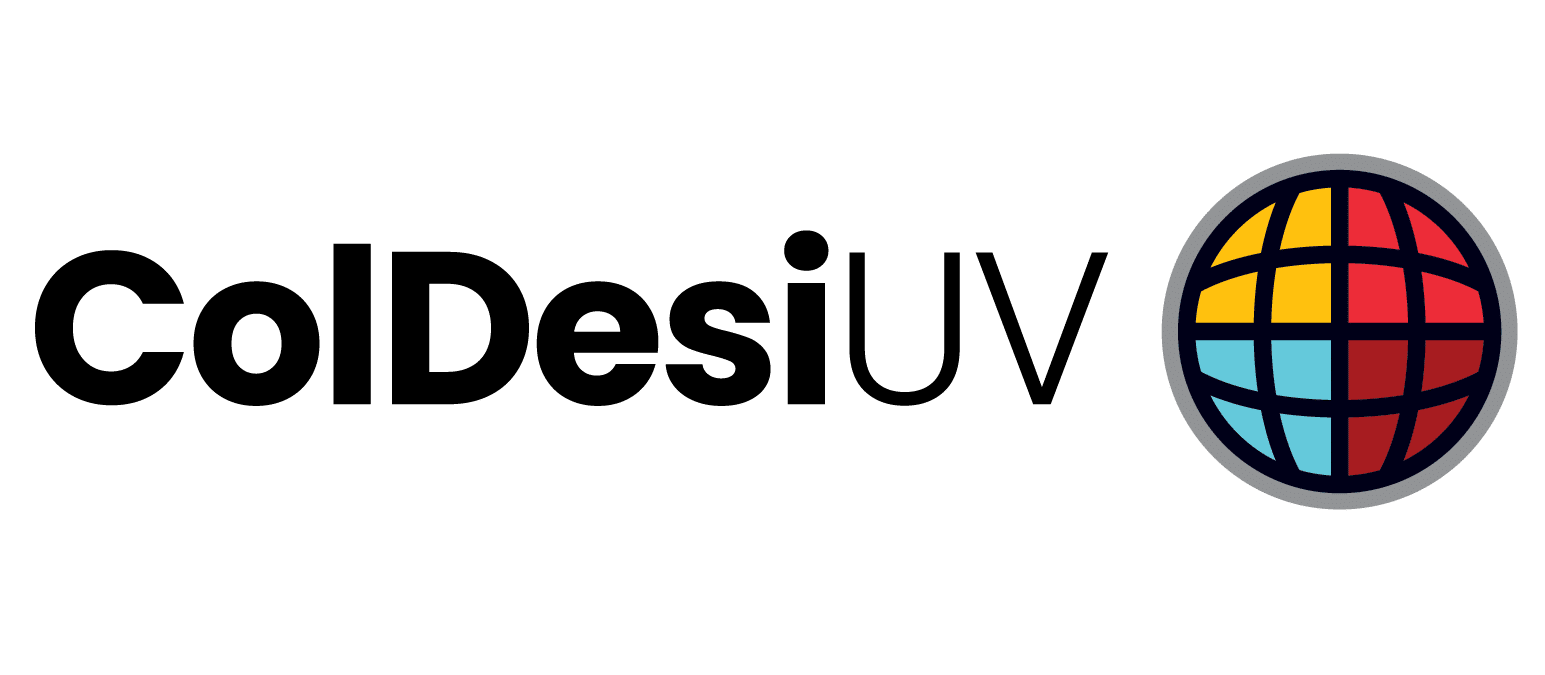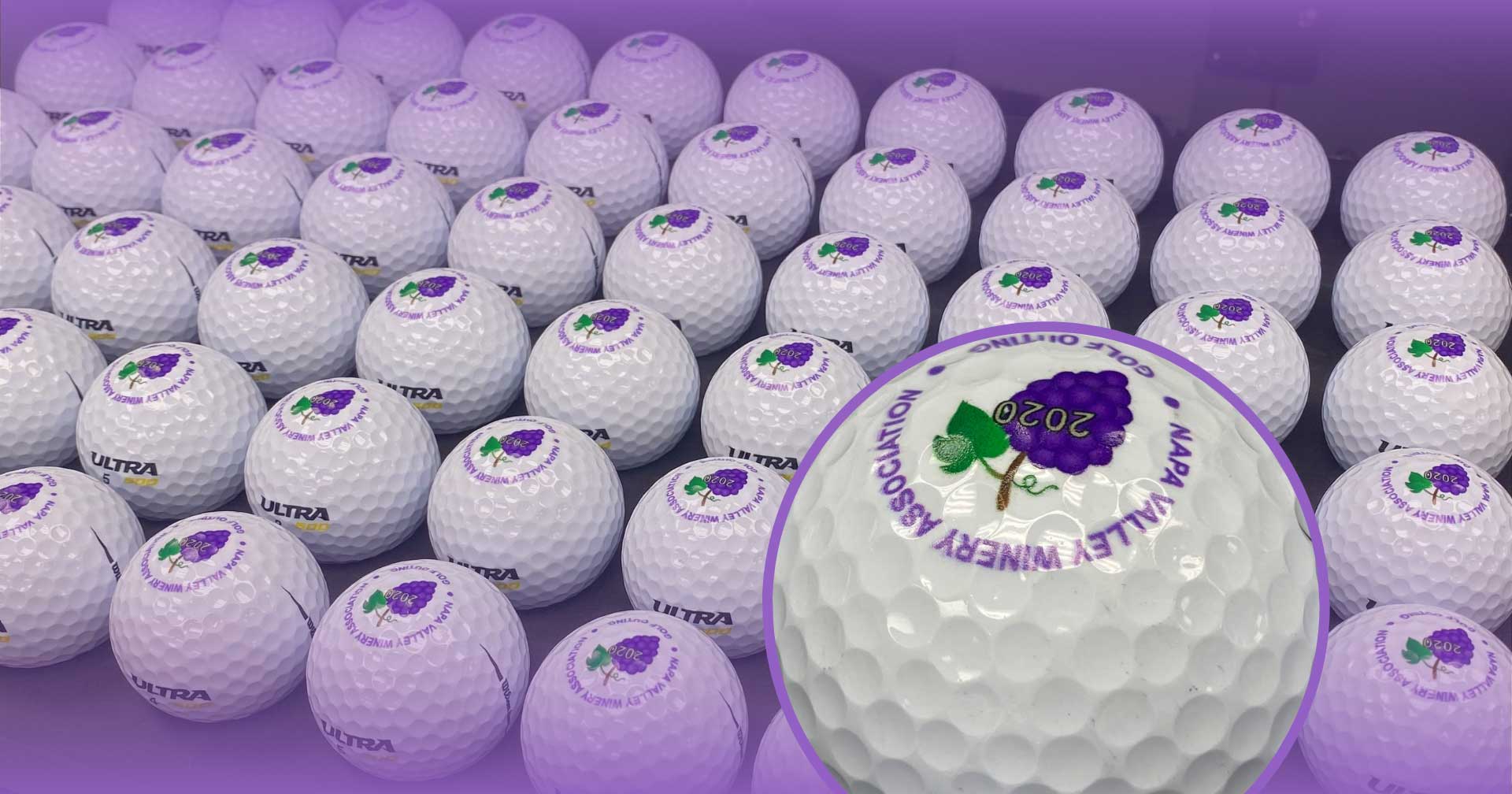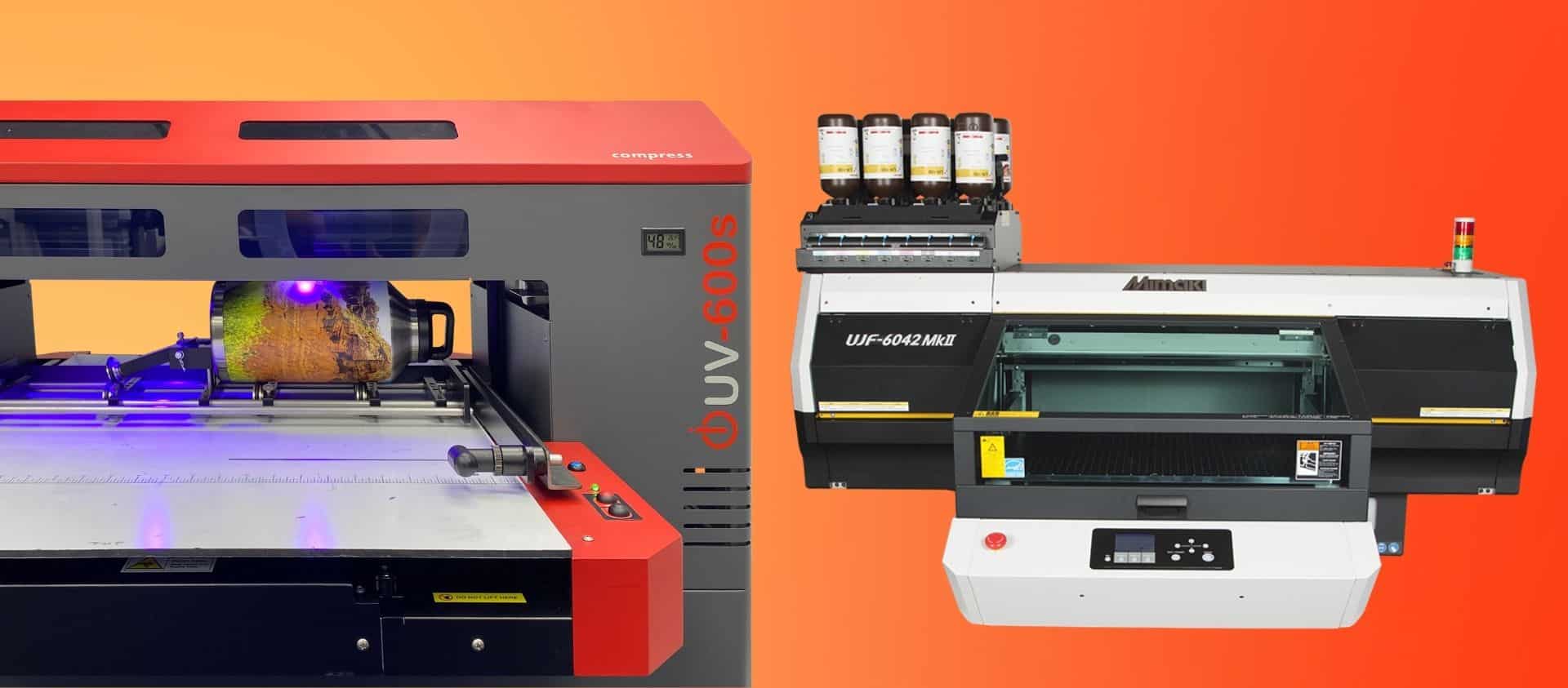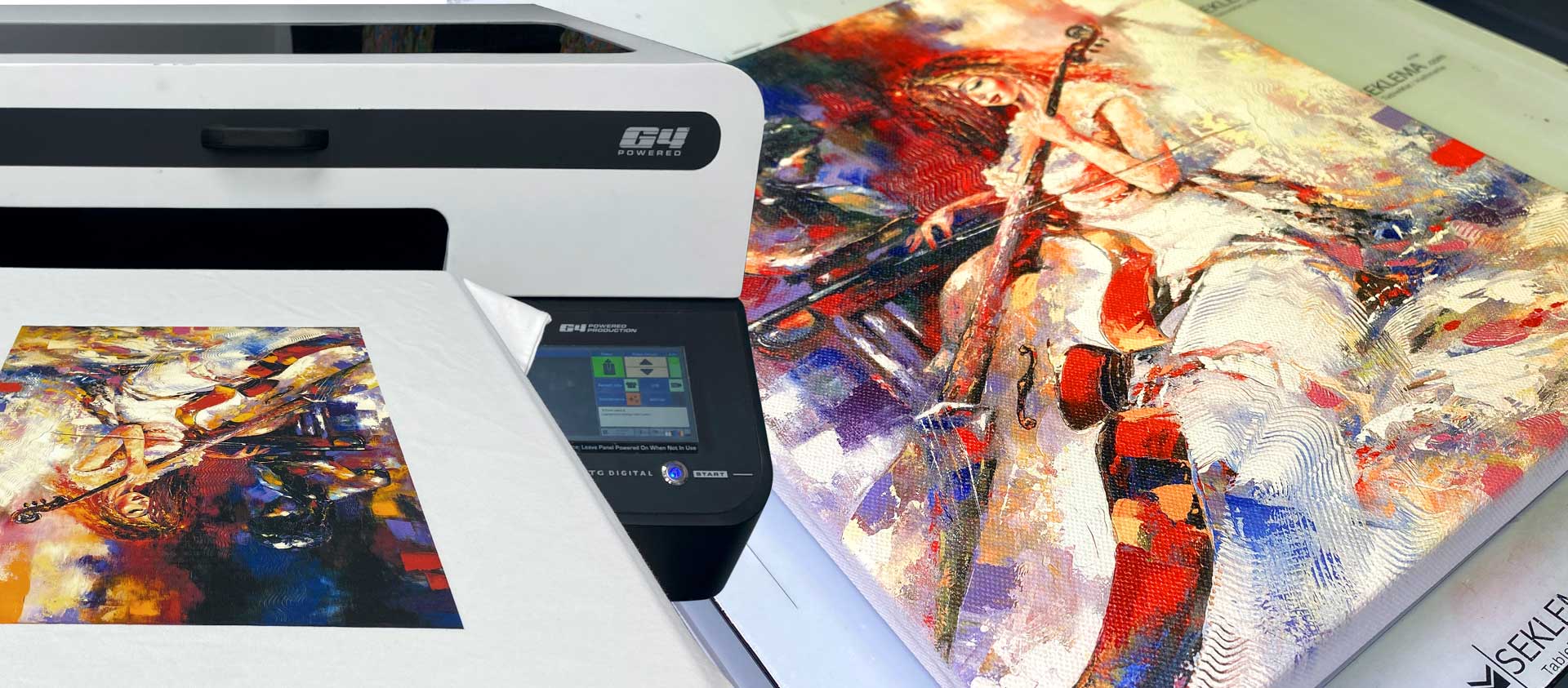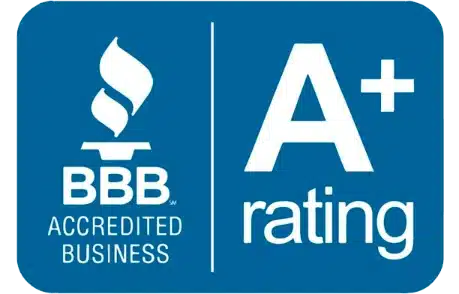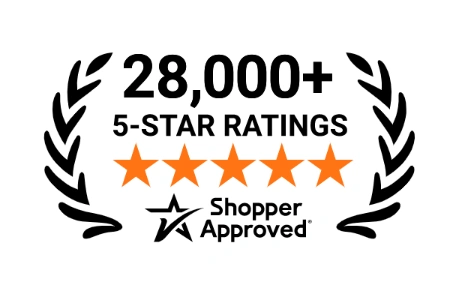New homeowners have a challenge in deciding how they want the custom tiles in both the kitchen and the bathrooms to look. Often they are looking for that perfect tile or backsplash that accentuates the colors in their home and represents their family and interests. But they can’t find exactly what they want.
Millions of people wanting to renovate their kitchens and bathrooms will face this custom tiles dilemma. They will likely visit a custom tile shop. But that can be expensive, and the shops often have a minimum order size. Plus, if the homeowners are looking for just a few tiles, it can be a nightmare.
But what if there was a way to quickly print virtually any blank tile with the exact design(s) you want?
Better yet, what if you could turn that process into a terrific money-making business?
The Compress LED UV Printer Custom Prints Virtually Any Blank Tile
The answer has arrived from a proven source that’s helped over 22,000 people start their own business and make their own mark on the business world.
ColDesi, Inc. the leader in the custom apparel decoration industry, has come out with the Compress UV Printer with instantly dry technology. The new printer allows businesses or individuals to make excellent money printing custom tiles for anyone wanting to upgrade their homes.
The Compress LED UV printer can custom print almost any design onto any surface, including clay tiles.
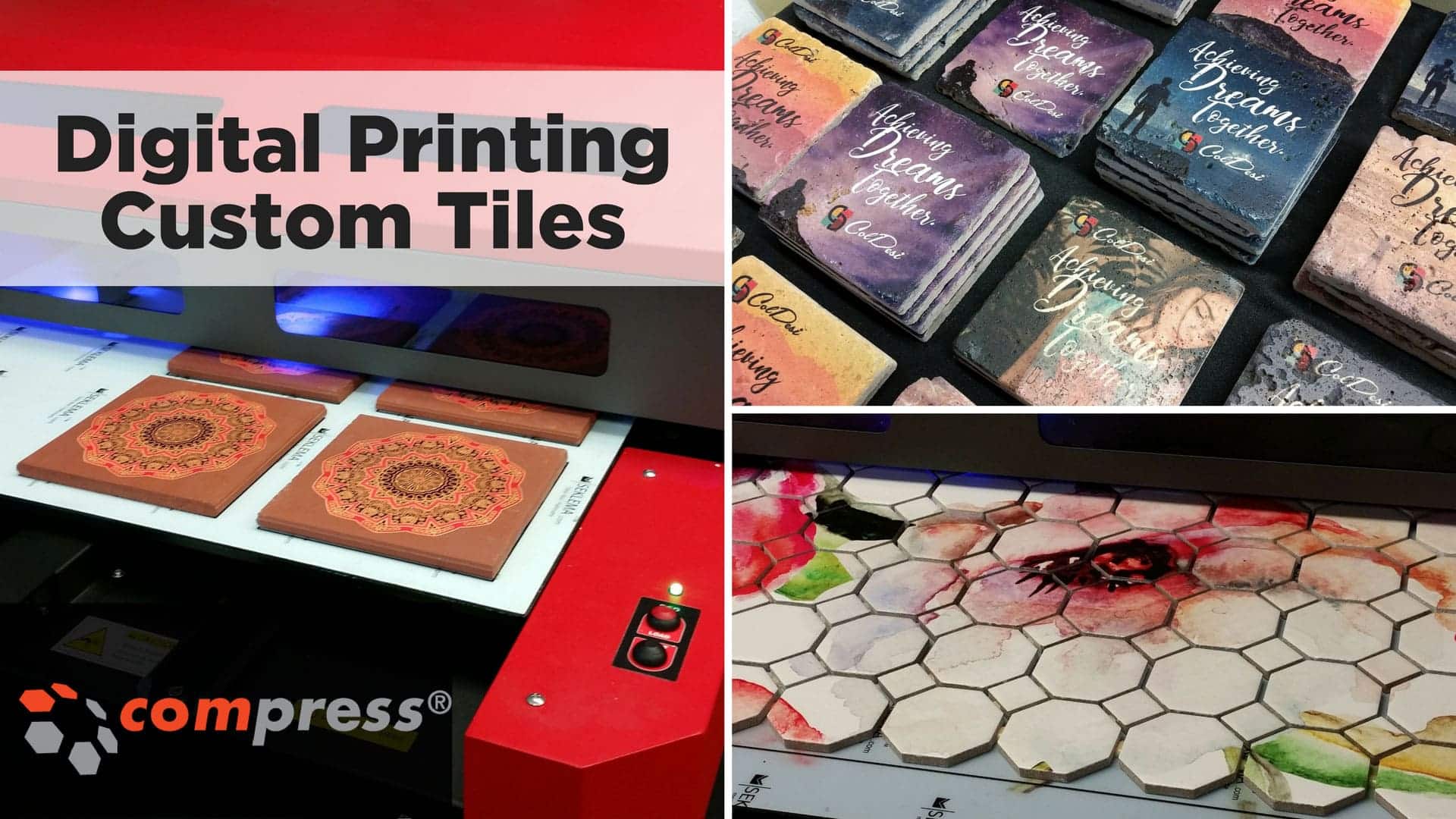
How profitable is making custom tiles?
Perhaps you’re already using a Compress UV Printer to create promotional products for your customers. Or you’re considering adding it in and are curious about the ROI for printing. Let’s get into the cost and markup for creating custom printed clay tiles.
We looked online and found individual clay tiles selling at $9.95/each. Custom ceramic tiles ranged anywhere from $18-35 (depending on size and vendor).
In this example, our customer was looking for a southwestern print. The tiles were for a kitchen backsplash, and so they only needed approximately 50 (including a few extras). We worked together with the customer to create a design that fits their theme.
In our design software, we created the design in two layers. A white under base and a color layer. Because the tile is clay, the white under base ensures the colors of the second layer are vivid.
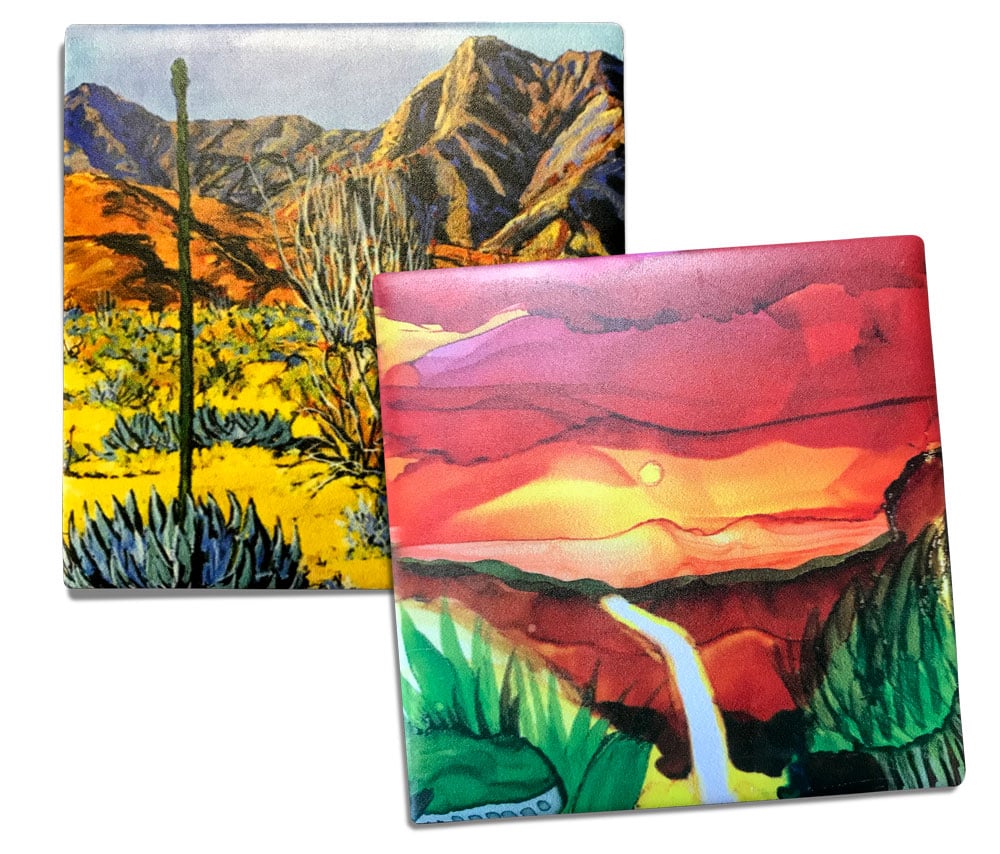
First, let’s take a look at the cost of materials:
- Clay tiles: $1/each
- Ink: $0.35/per tile
- Total cost per tile: $1.35
The tiles for this project are roughly 5.75” x 5.75.”
No adhesion promoter was used. We just cleaned the surface with alcohol.
You can print up to 12 tiles at a time with the Compress iUV600s.
The runtime to print those tiles is about 12 minutes. This is because the Compress LED UV printer uses bidirectional printing. So you’re saving time on each project.
Once you factor in set-up time and arrange the tiles between printing, you can produce 48 custom tiles per hour.
Material cost per hour: $64.80
If you sell each tile at $9.95, your profit is $8.60/tile. Or $412.80/hour.
Even if you spend 2 hours creating the custom design, you’re still making $137.60 in profits per hour for this one project (412.80 ÷ 3).
If you download a design, upload time is minimal.
Is it profitable to hire someone to help?
It can be worthwhile for your business to have someone in the shop helping you. Perhaps you create the design, and they handle the printing. This would make their labor cost $15.
$412.80 original gross profit, minus $15 in labor = $397.80
You cut your personal labor time down to 2 hours, making your new gross profit per hour $198.90
If you’re trying to grow your business, this extra hour can be precious to you. It allows you to focus on marketing, selling more products, getting the next customer design ready, or simply allows you to work less and it sure beats trying to pad print these unique items.
The bigger picture
Chances are you’ll have a lot of different printing jobs. But working with this example, let’s say you fill 3 similar jobs in one day. And you have the employee helping you. Your daily profit becomes $397.80 x 3 = $1,493.40.
While not all your jobs are going to have the same profit margin, you can see how creating this unique offering of custom tiles can be profitable for your business.
Customizing your profit $$$
Each business is going to have slightly different profit margins. It will depend on the UV printer you’re using – how long it takes to print, how many products you can place on the bed, the size of the print area. Also, how long it takes you to complete a design.
You may also find that you need to lower the retail price of the tiles, or that your supplies cost a little bit more.
If you’re new to the business, you may need to factor in some extra time. Or the client may come to you with a completed design and you just need to upload it into the software.
With any product, you create it’s a good idea to factor your ROI. Is this product profitable for you? Are you marking it up high enough? Will you benefit from hiring someone to help you with the business?
Over time, as you get more comfortable with the UV printer, and start creating repeat orders, you should see your profit margins increase.
Knowing your numbers is a crucial step in helping you grow your business. And creating a profitable one.
Demand is High
You might wonder what’s it like for the customer to use you. Is it worth it?
The short answer: Absolutely!!
In our example, the customer only needed 50 tiles. This calculation included extras in case they broke some.
The total cost of those tiles came to $497.50 + tax.
Compare that to the unique clay tiles we found online, and the customer cost is the same. However, there’s no shipping cost, and our customer received a custom pattern. Which buying online, handmade would have run them 2-4x.
Not to mention the extra time the customer would have to wait. Using the UV printer, the customer can receive their product within a few days.
Working with a local shop also means that if a tile ever breaks, they can get the same pattern. They can also see a finished tile in person before committing to the whole order. It also allows your customer to make changes to the design, size, coloring.
